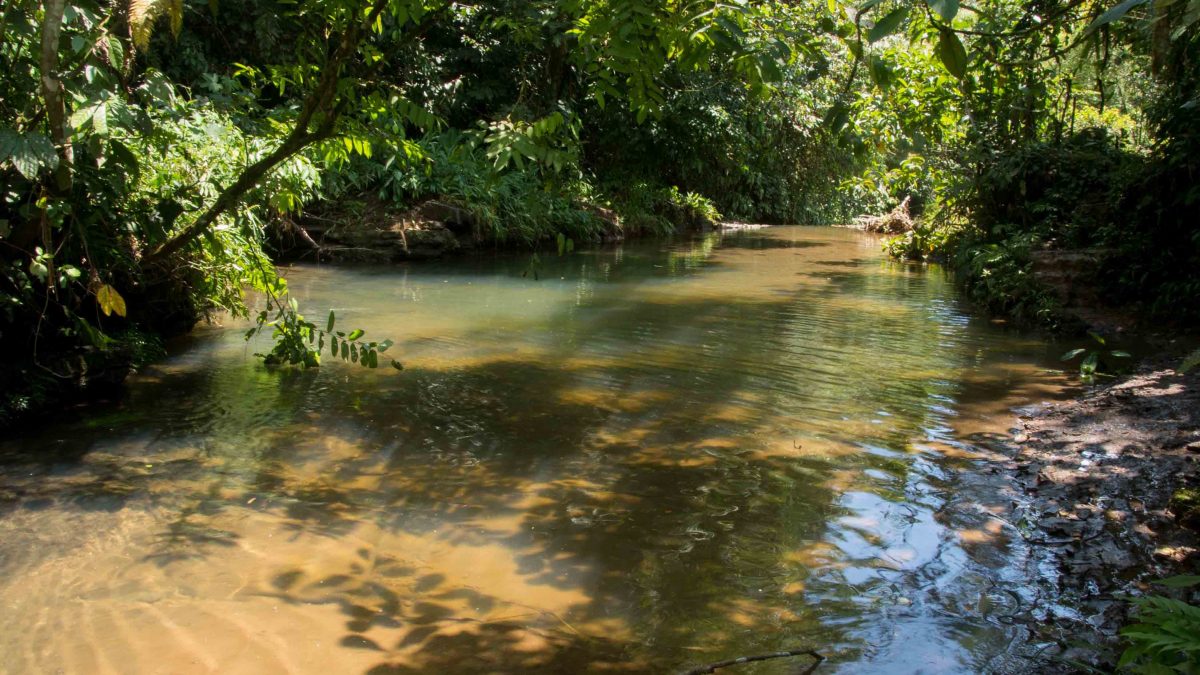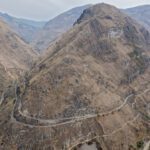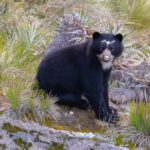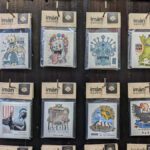Last weekend, I had the opportunity to visit the community of Gareno, home to the Huaorani, a thousand-year-old culture that has survived for hundreds of years in the deep Amazon jungle of Ecuador.
The Huaorani Of Ecuador
The Huaorani people have survived despite the displacement caused by other cultures, from the internal quarrels that have divided the community into different clans, from the rubber tappers who killed and enslaved the Huaorani, and, most recently, from the invasion of oil companies which broke up their hunting and fishing territories to profit from the destruction of natural resources.
It is believed that the Huaorani’s first confirmed contact with modern civilization took place in the seventeenth century around 1658. The Jesuit priests, who in those times were just beginning to reach Amazonian territories, likely made that contact. However, it is not known for sure if they made contact with this tribal nation or with some other, since historic details are scarce.

In several historic chronicles and documents, the Huaorani culture is described with different names: Aucas, Aushiris, Shiripunos, Tiahuacunos, and Cononacos; it is believed, by the geographical locations described in these histories, that these stories refer to the Huaorani. Traditionally, their territory was bordered on the north by the Napo River, on the south by the Curaray River, on the east by the 76th meridian, and on the west by the Arajuno River and the foothills of the Andes mountain range.
Spanish Arrival to the Amazon
The thick and deep jungle in which the Spanish first arrived in 1542 is an ecosystem that is more than 100 million years old. It is an environment with particular characteristics including a lot of water, sun, humidity and, above all, gigantism.
Motivated by the greed of discovering a country of cinnamon and gold, Francisco Pizarro crossed this ecosystem never having imagined the inhospitable conditions that he and his expedition would face; in their sixteenth-century European mentality, they retained the ancient myths and legends of the Old World. Therefore, when they saw these jungle warriors, without clothing, with spears and long hair, their minds immediately associated these people with the myth of Amazonian warriors, strong and brave women who supposedly cut off their breasts for combat. For this reason, when they arrived to the longest and largest river of these lands, they decided to name it the Amazon which later became the name for this entire region. In short the Spaniards confused the warriors of the jungle with the mythical Amazon women.

More About the Huaorani of the Ecuadorian Amazon
The word huao means person and the word huaorani means a group of people. The accent if on the second A (wow-rAH-ni). The Huaorani form social groups like clans and families. Their traditions and customs are very different from ours; they conceive the world differently, they live day by day surviving, hunting, fishing and gathering fruits in the deep Amazon jungle without taking more resources than they can use.
As in any human group, there are internal conflicts, which were once solved by violence. In the past, this included killing the head of the family who had committed an offense along with his wife and children so that no direct family survived. As a result, there have been many internal divisions, leaving the different Huaorani clans that we know today. Many are settled near and within the Yasuní National Park. However, some groups decided not to have contact with the modern world and went further into the jungle, the Tagaeri and the Taromenane. Their current locations are unknown.


The Huaorani In the 20th Century
At the beginning of the 20th century, contact was again made with the Huaorani, this time by evangelical missionaries from the United States. Unfortunately, there was a tragic outcome for these foreigners. Throughout the 1950’s until the 1970’s, there were several cases of attacks and assassinations of foreigners. At the time, the Huaorani were considered very dangerous and bloodthirsty warriors. However, it is important to understand the motivation of the thousand-year-old inhabitants of the jungle; they were simply defending their families, their territories, and their way of life and subsistence. They were forced to defend themselves with violence, protecting themselves from foreign invaders.
In the words of Jesuit priest Juan Santos Ortiz in his book The Last Huaorani written in 1980:
The Huaorani people represent the cry of freedom, bravery and courage over the centuries. They are a tangible example of survival in the most hostile environment. In the jungle, they have vigorously preserved their race, their oral traditions, their knowledge of the environment, their respect for the laws that govern their communities, the prowess of men and the sweetness of women. The Huaorani have maintained the concept of community value, the free and conscientious education of children, respect for the rights of others, the heat of fire and total nakedness – physical and spiritual – of all emotional trauma.
The anthropological or, if you prefer, the social conundrum, for our modern society is to realize that we cannot force the Huaorani to leave their territories and live in a “civilized” way. Nor can we leave them in total abandonment; we cannot condemn them to oblivion and complete extinction. Yet it must be themselves who decide the fate of their community.















This post offers a fascinating look at the Huaorani people, their incredible resilience, and their deep connection to the Amazon, making it an exciting read for anyone interested in indigenous cultures and survival.